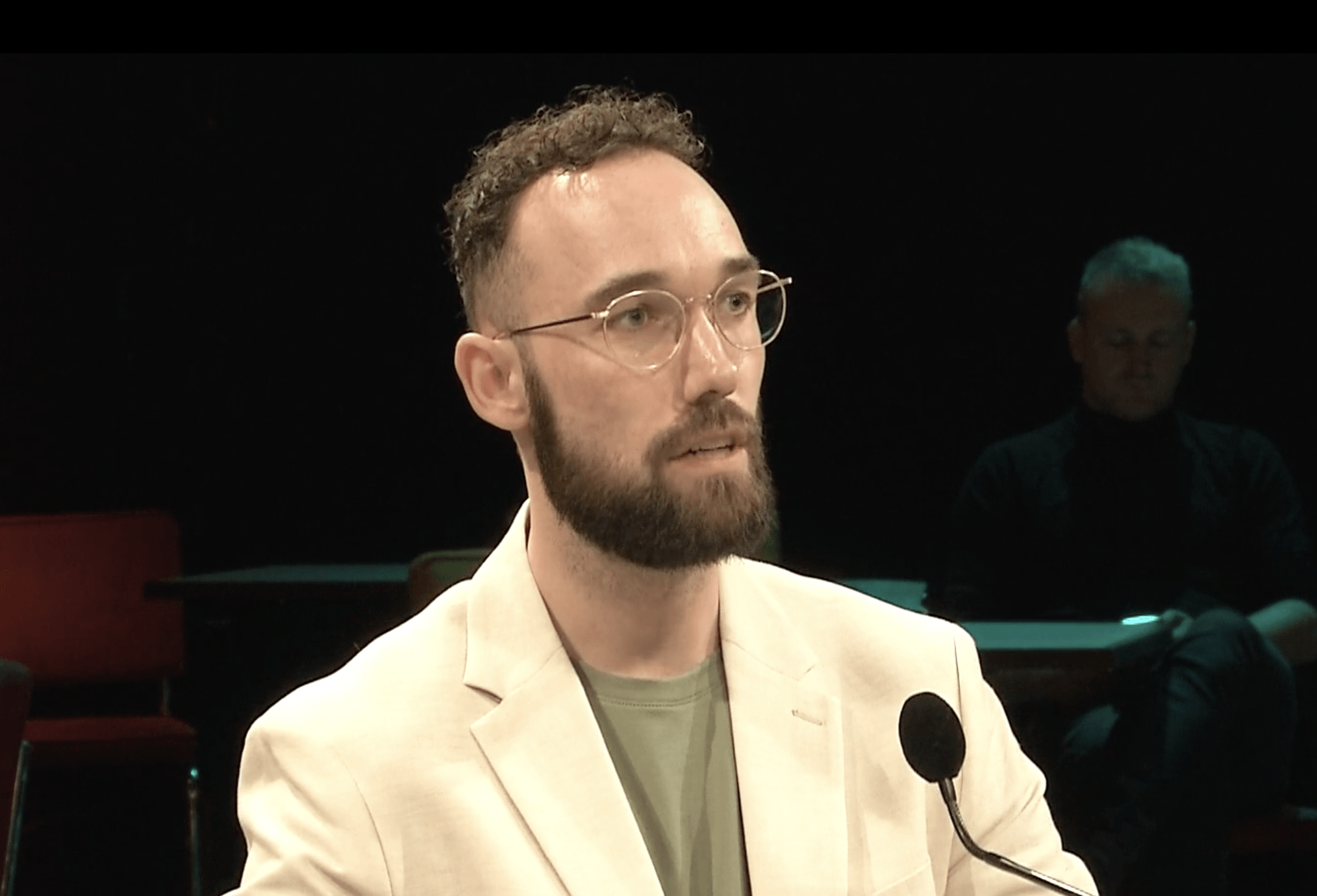
Let me start by saying that I am a great advocate of looking ahead. If we want to make informed choices for the future, we need to know what options are available. This is only possible if we look ahead. Preferably looking far ahead. But the trend forecasts presented at the end of the year suggest that the developments described are a given. As if there is only one future direction that comes upon us like a law of nature. But if even the weather for the next day is unpredictable, with all the high-tech measuring instruments for Meteorology, why would we be able to predict technological and social developments? I did not see in any list in 2019 that a corona lockdown would be the trend for 2020. That we should keep one and a half meters away and stock up on mouth caps en masse. And even if it did make it into a year-end prediction, we still had far too little time to anticipate it (except for Sywert van Lienden, he was ahead of all of us).
From prediction to proposal

We should, therefore, concern ourselves less with entertaining short-term predictions and more with exploring long-term challenges. After all, a global epidemic is not a novelty at all. Think of the plague, cholera, and the various influenza pandemics. For example, the Spanish flu caused millions of worldwide deaths between 1918 and 1920. A new flu pandemic reared its head every few decades with all its consequences. Yet the government’s response suggested that they were unprepared for corona. The policy was piecemeal and ad hoc. As if we could not imagine another pandemic at all. With continued globalization and urbanization, the likelihood of a deadly virus spreading again at an enormous rate is very real. Even if it doesn’t happen for another 30 years, we must consider this option now. So it is not about anticipating predictions but preparing for possible scenarios.
It is not about anticipating predictions but preparing for possible scenarios
Rudy van Belkom
For this, we must also consider the long-term implications of our choices. Consider, for example, the war in Ukraine. Only when Russia invaded neighboring Ukraine did we start thinking carefully about our dependencies. We had to get rid of Russian gas quickly and started worrying about a worldwide grain and fertilizer shortage. The ensuing gas crisis now threatens to leave us out in the cold, forcing coal-fired power plants back into overtime. This ad hoc reaction, in turn, has a negative effect on the climate measure goals. No, I did not predict the war in Ukraine either, but the threat did not come out of the blue. The Russian-Ukrainian War already created the conflict in 2014. That we were not prepared for another war and phased out our dependencies is a symptom of a short-term focus.
From anticipating to creating
In doing so, we must not limit ourselves to the future that happens to us. There is also a future that we shape ourselves. The countries we trade with and the way we use technology are human choices. It is a design issue. Meta and Google’s algorithms contribute to polarization because they are optimized for commercial interests. Meta’s research shows that angry people stay on the Facebook platform longer. That they then cause the algorithm to show primarily inflammatory content is understandable from a business model perspective. This is not because the algorithm is inherently bad. You can optimize a similar algorithm for consensus. It is not the popular opinions within groups that will then surface, but the popular opinions between groups. When you design such a platform from public values, you get completely different results.
Today, ‘future-proof companies’ are framed as companies that respond to trends to secure the survival of their organization. Marketing platforms and blogs in particular, have a hand in this. Everything should be agile. In my view, future-proof companies should be defined as companies that deploy future methodologies to secure the earth’s survival. If they contribute to this, then the survival of the organization will also be secure. Therefore, let’s explore desirable future scenarios together and spend less time and energy predicting short-term developments. What long-term challenges do you want to work on in 2023?







